
Fat Tire vs. Mountain Electric Bikes: What You Need to Know Before You Buy
Choosing between a fat tire electric bike and a mountain electric bike can be a daunting task, especially if you're new to the world of e-bikes. Both types offer unique benefits and cater to different riding preferences.
In this article, we'll break down the key differences, pros, and cons of fat tire vs mountain electric bikes to help you make an informed decision. Whether you're looking for buying tips or just want to understand the nuances of each bike type, we've got you covered.
Understanding Fat Tire Electric Bikes
Fat tire electric bikes are known for their oversized tires, typically ranging from 3.7 inches to over 5 inches wide. These bikes are designed to provide stability and traction on various surfaces, making them ideal for off-road adventures. But what exactly sets them apart from other electric bikes?
Pros
-
Superior Traction: The wide tires on class 2 fat tire ebikes offer excellent grip on loose surfaces like sand, snow, and mud. This makes them perfect for adventurous riders who love exploring off-the-beaten-path terrains.
-
Enhanced Stability: The larger surface area of the tires provides more stability, making it easier to balance, especially for beginners.
-
Comfortable Ride: The thick tires act as natural shock absorbers, ensuring a smoother ride over rough terrains and bumps.
Cons
-
Increased Weight: The large tires add extra weight to the bike, which can make it harder to pedal without electric assistance.
-
Reduced Speed: Due to the added weight and increased rolling resistance, fat tire electric bikes may not be as fast as other e-bike types on smooth surfaces.
-
Higher Price Point: The specialized design and materials used in fat tire bikes can make them more expensive.
Understanding Mountain Electric Bikes
Electric mountain bikes for sale are designed with rugged terrains in mind. They typically feature a robust frame, suspension system, and narrower tires compared to fat tire bikes. Let's explore what makes them a favorite among trail enthusiasts.
Pros
-
Versatile Performance: Mountain electric bikes are suitable for a variety of terrains, including trails, gravel paths, and paved roads.
-
Advanced Suspension: These bikes often come equipped with front or full suspension systems that absorb shocks, providing a comfortable ride over rocky and uneven surfaces.
-
Lightweight Design: Mountain electric bikes tend to be lighter than fat tire bikes, making them easier to handle on steep inclines and long rides.
Cons
-
Limited Traction on Loose Surfaces: The narrower tires may not provide the same level of traction on loose surfaces like sand or snow compared to fat tire bikes.
-
Less Stability for Beginners: The narrower tires and lighter frame might require more skill to balance, especially for novice riders.
-
Potentially Less Comfortable on Very Rough Terrain: While the suspension system helps, the narrower tires can result in a bumpier ride on very rough surfaces compared to fat tire bikes.
Fat Tire vs Mountain Electric Bikes: Key Differences
To better understand which bike is right for you, let's compare fat tire and mountain electric bikes below:
| Feature | Fat Tire Electric Bike | Mountain Electric Bike |
| Tires | Wider (3.8" to 5") | Standard (1.9" to 2.5") |
| Terrain | Sand, snow, rough paths | Trails, rocky or hilly terrain |
| Comfort | Smooth on uneven surfaces | Comfortable on rugged trails |
| Speed | Slower | Faster on trails and roads |
| Weight | Heavier | Lighter |
| Battery Range | Lower | Higher |
| Best Use | Soft or loose surfaces | Trail riding, uphill paths |
| Price | More expensive | Generally more affordable |
Buying Tips
When it comes to purchasing an electric bike, consider the following tips to ensure you make the best choice:
-
Assess Your Needs: Determine the type of terrain you'll be riding on most often and choose a ebike that caters to those conditions.
-
Test Ride Before Buying: Always test ride different models to get a feel for the bike's handling, comfort, and performance.
-
Consider the Battery Life: Look for a bike with a battery that suits your typical ride length to avoid running out of power mid-journey.
-
Check the Weight Limit: Ensure the bike can comfortably support your weight, especially if you plan on carrying additional gear.
-
Budget Wisely: Electric bikes can range significantly in price, so set a budget and find a bike that offers the best value for your money.
FAQs
When considering motor specifications, look for a motor that provides adequate torque for the type of terrain you'll be riding on. For fat tire bikes, a motor with higher torque (around 750W to 1000W) is beneficial for navigating through soft terrains, while a standard 500W motor may suffice for mountain bikes used on trails and paved roads.
For fat tire bikes, aluminum or steel frames are common due to their durability and ability to withstand rough conditions. Mountain bikes often utilize lightweight materials such as carbon fiber or aluminum alloys to enhance portability and performance during climbs and descents.



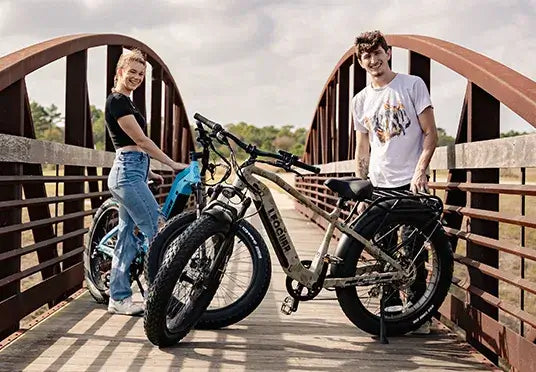
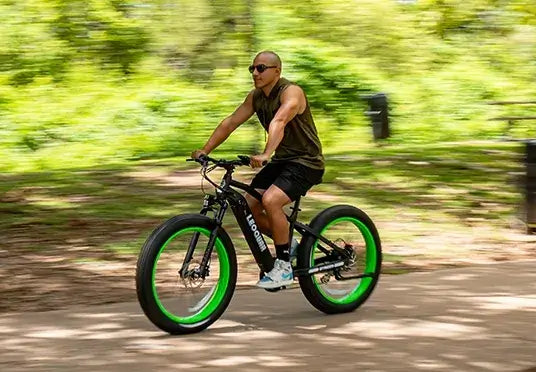


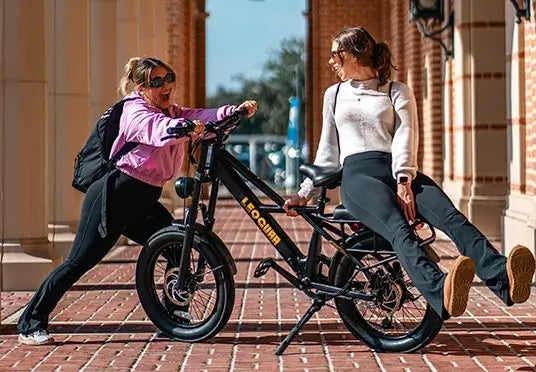
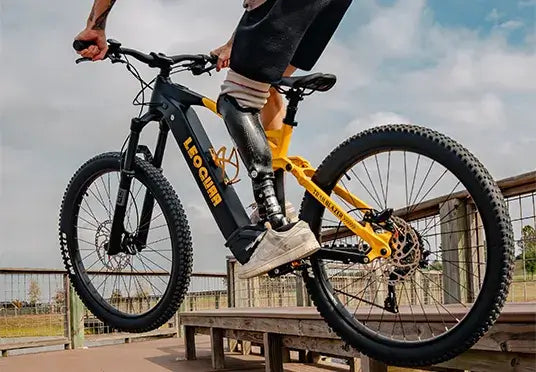
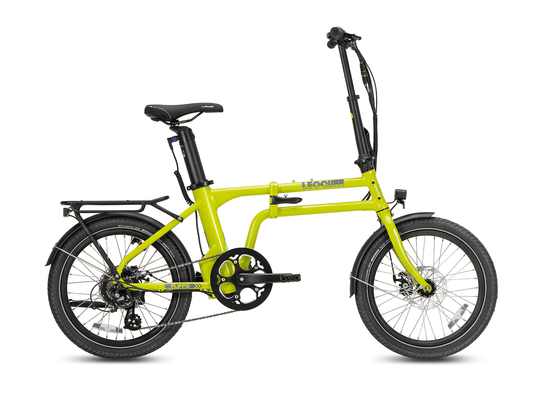
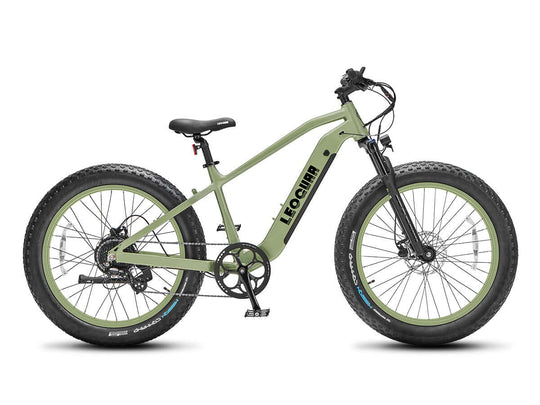
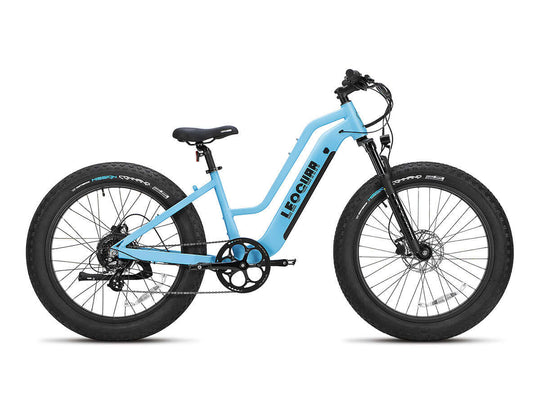
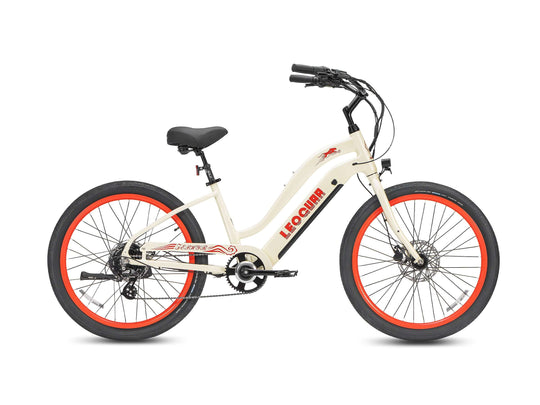
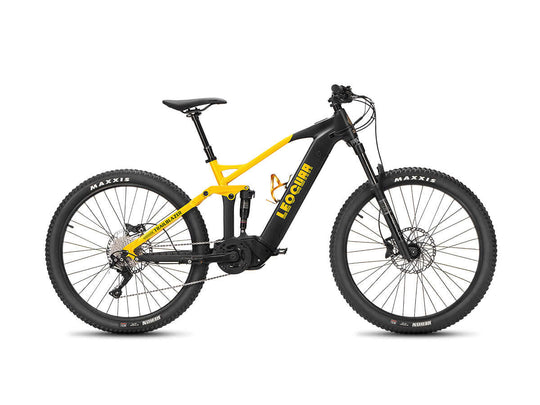
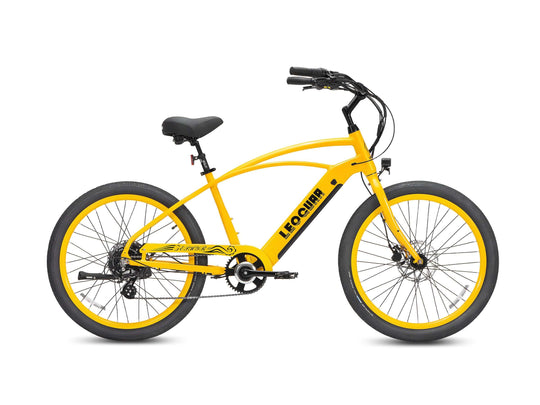
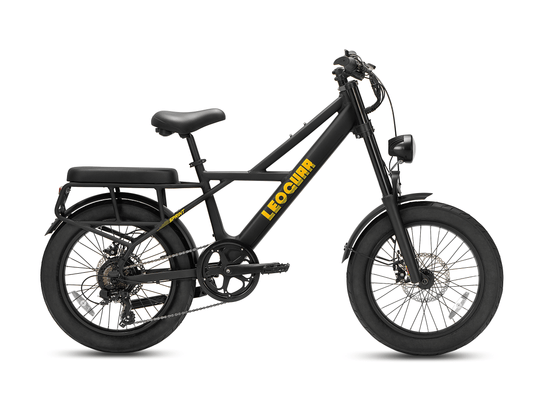
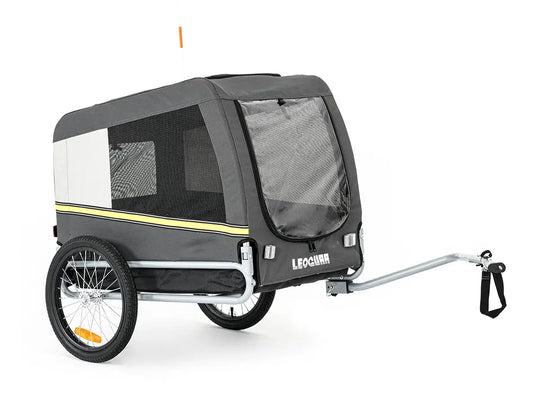
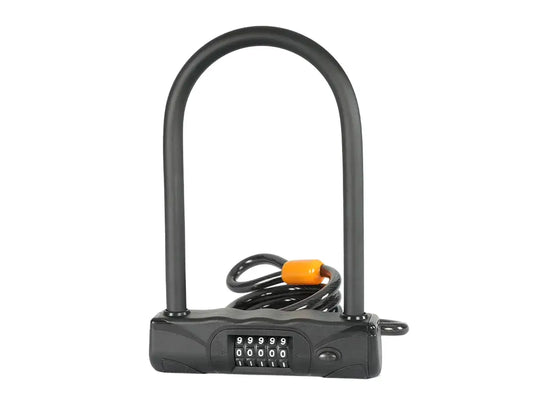
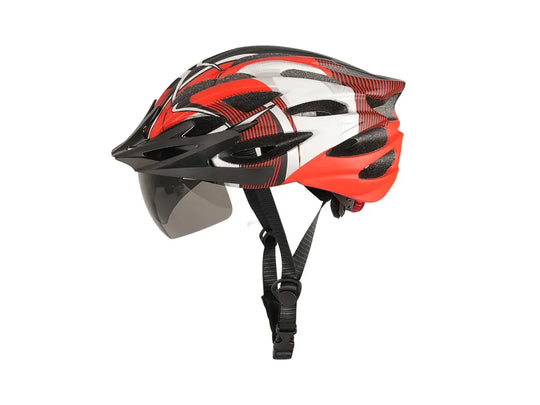
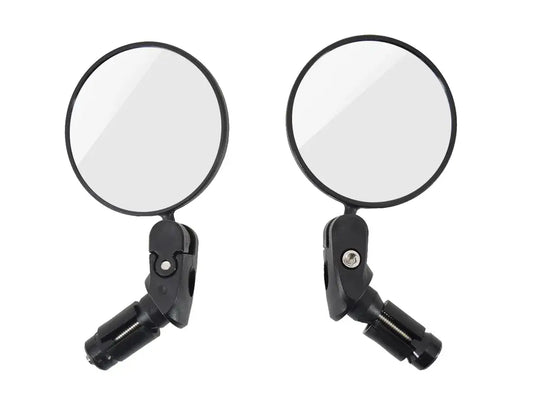
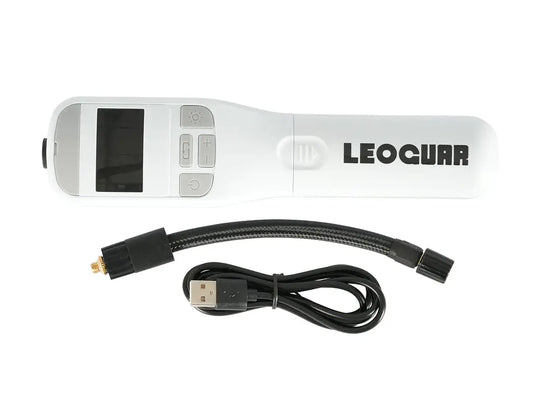
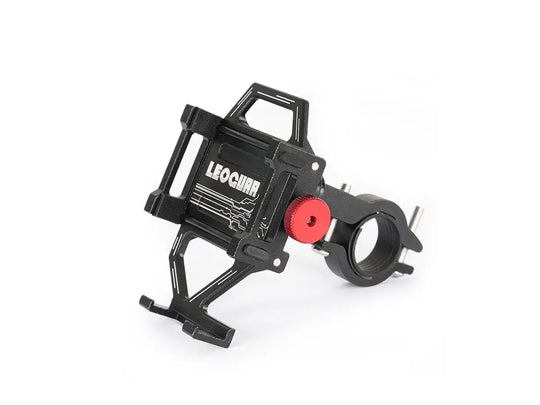

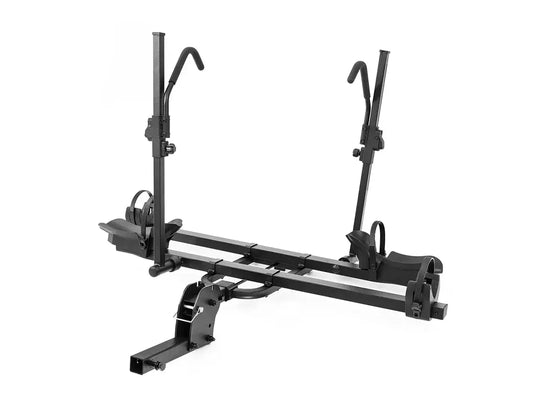
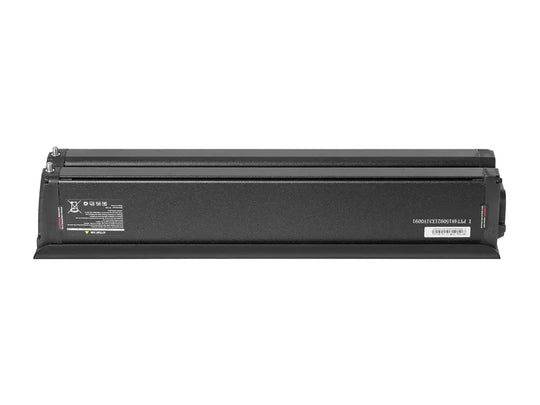
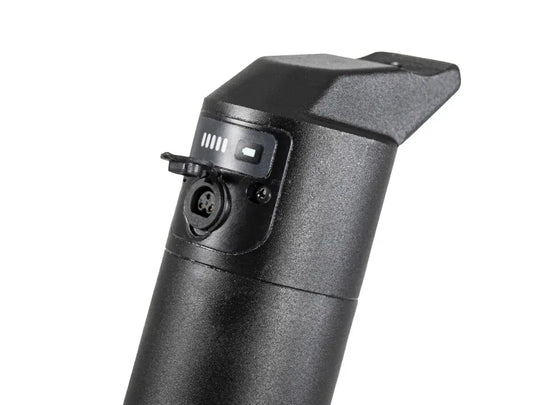
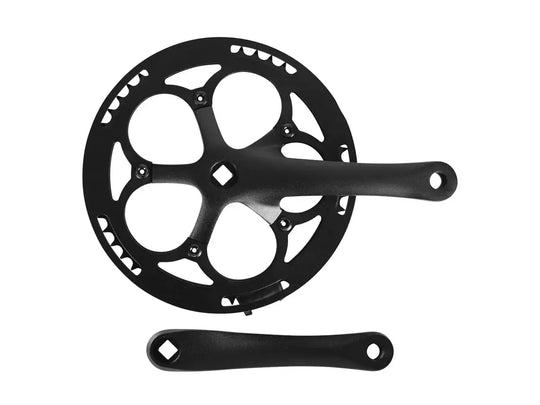
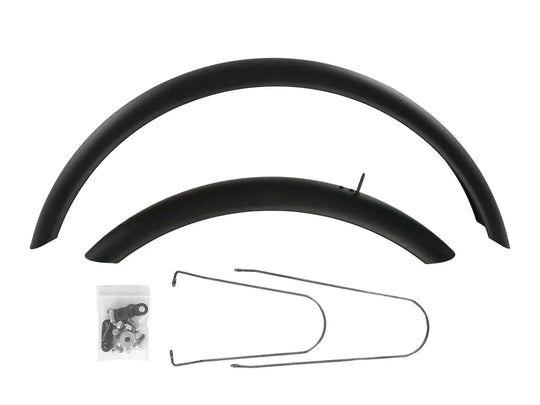
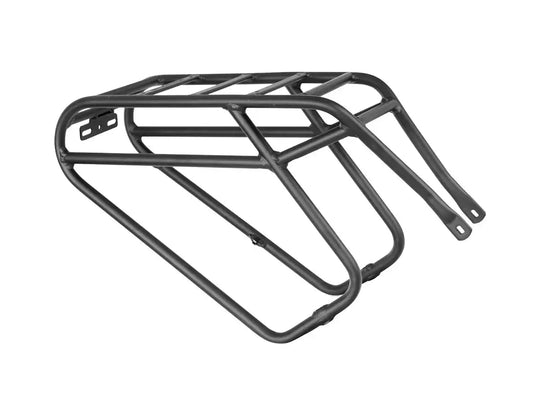
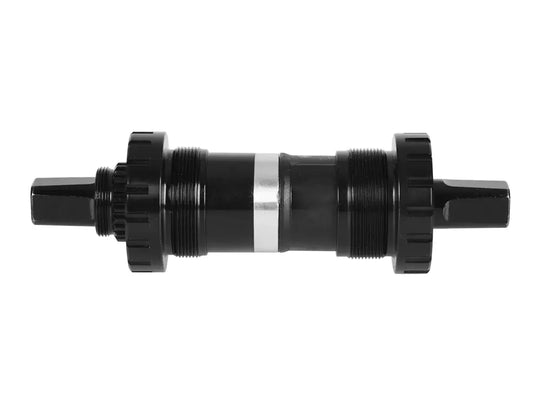
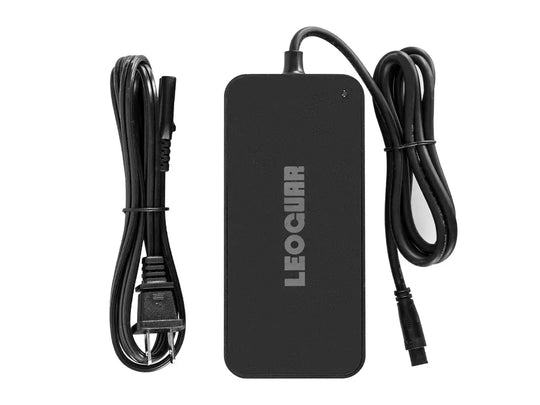
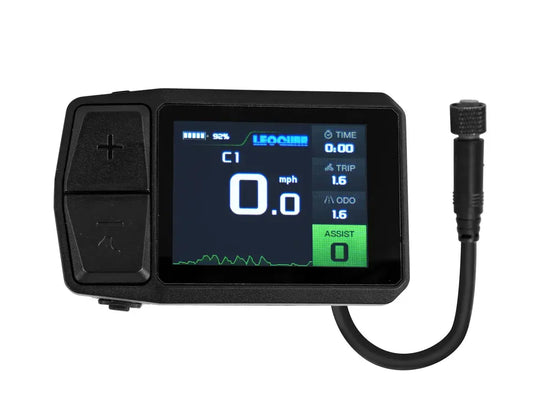


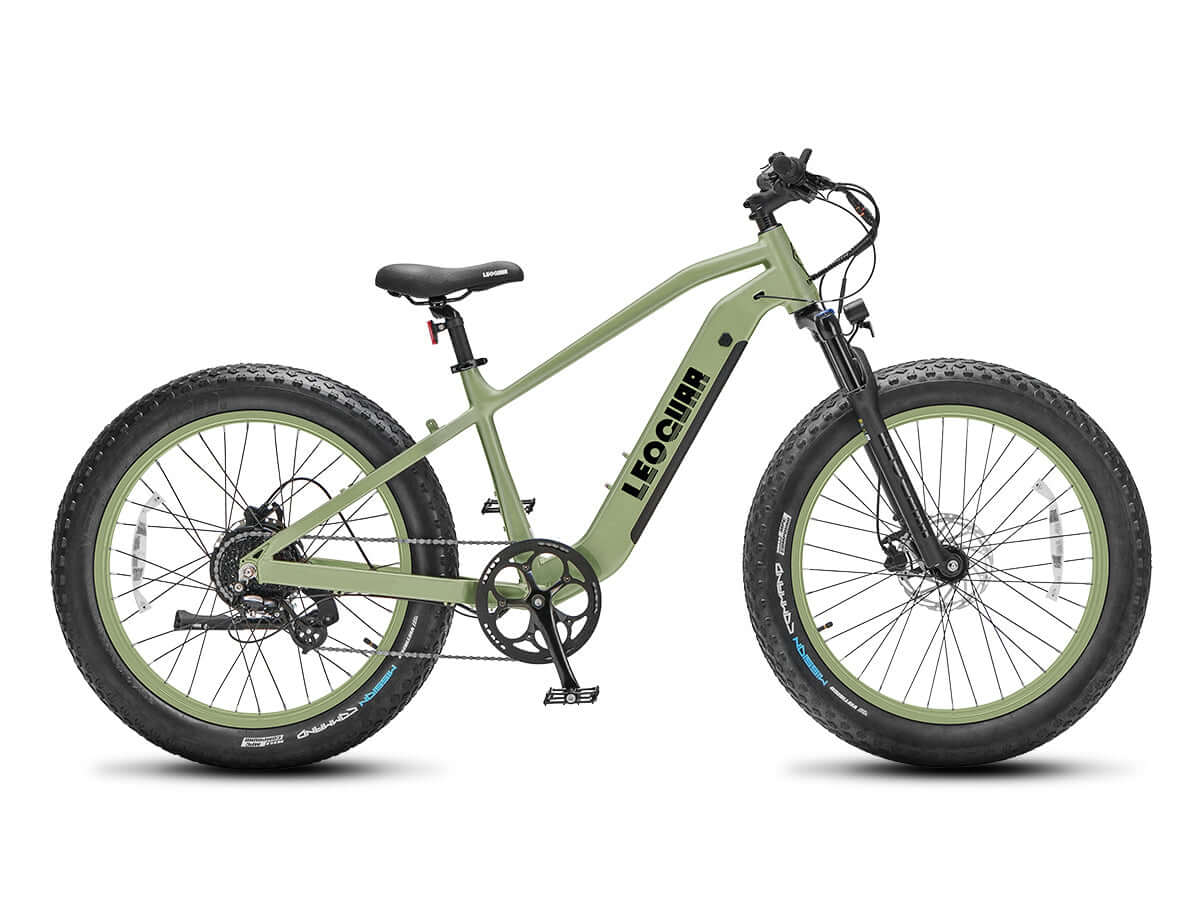







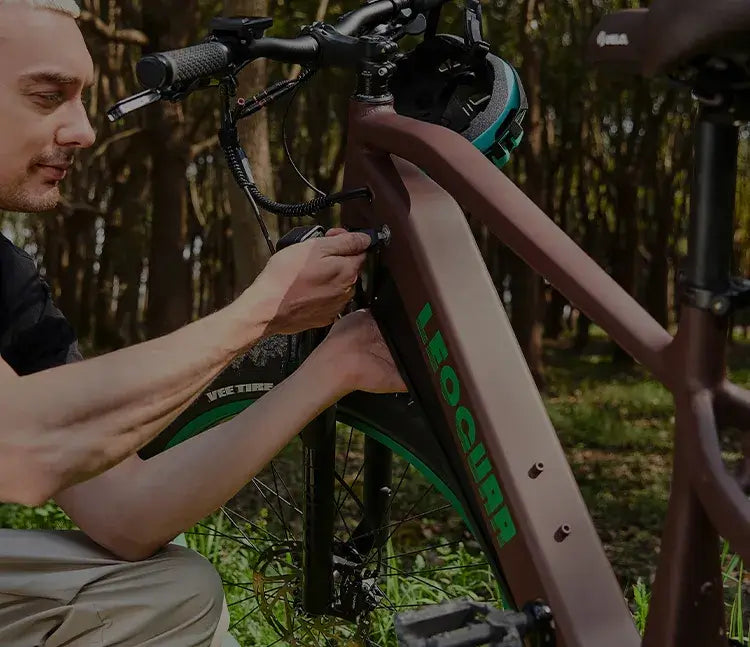
Leave a comment